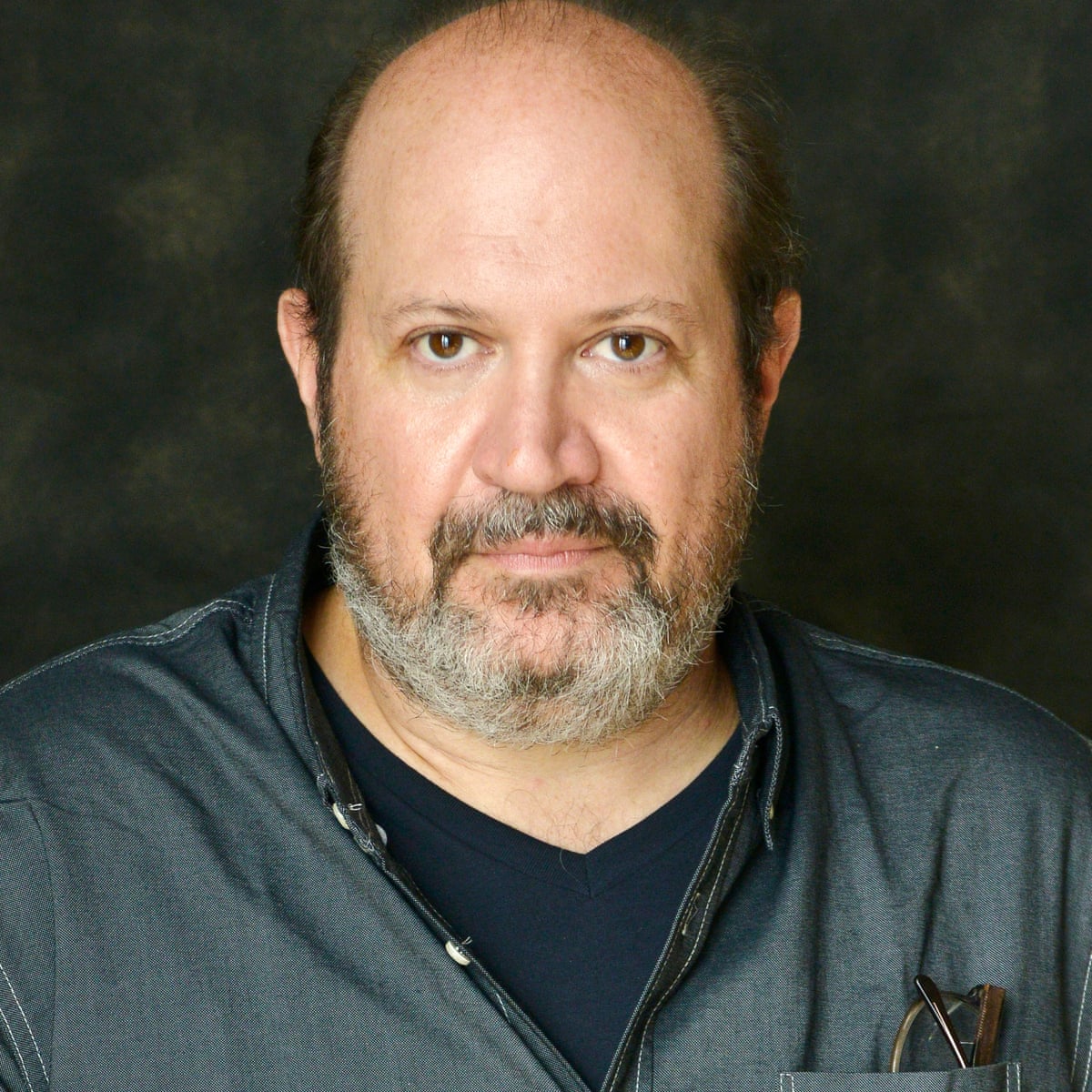The tibialis posterior muscle is just about the more significant muscles in the lower-leg and foot. The muscle is attached to the posterior part in the tibia or leg bone and passes down the inside of the ankle and its tendon attaches on the mid-foot (arch area) in the foot. Simply from understanding its attachments it's clear that its primary role is assisting the arch of the foot. Having said that, that is not it's only function and its biomechanics is quite complex. A failure of the muscle and tendon unit outcomes in a major progressive flat foot. A current episode of the podiatry related livestream, PodChatLive devoted a complete episode to the tibialis posterior muscle. The specialist interviewed by the hosts was Dr Jayishni Maharaj PhD.
In the edition of PodChatLive the hosts and guest went over some revision of the structural anatomy of the Tibialis Posterior muscle and tendon unit as well as what it might perform. They interviewed Jayishni Maharaj precisely what she examined for her PhD with regard to its function, role in energy absorption and its influence over subtalar joint energetics. They reviewed the link between foot structure and foot range of motion, and several of the management methods which might be frequently used including shoe guidance, foot inserts and also rehabilitation exercises. They additionally discussed one that a lot of clinicians may not be alert to such as increasing the step width. Dr Jayishni Maharaj PhD is the research fellow within the School of Human Movements and Nutrition Sciences as well as the Centre of Children’s Research in the University of Queensland based in Australia. Her research is at the intersection of function, rehabilitative along with computer sciences and is specializing in exploring the connection involving foot structure, function and damage in the foot. In her present position she is concentrating on developing biplanar X-ray radiography, simulation and modelling strategies to confirm bone and joint foot models. Jayishni is in clinical practice being a podiatric physician one day per week.

